Are you looking for a loyal and affectionate companion that is also independent and self-assured? If so, you might want to consider getting a Scottish Terrier as a pet. These small and sturdy dogs are known for their feisty and spirited personalities, as well as their distinctive appearance with their long, wiry coats and pointy ears. While they may be stubborn and strong-willed at times, Scottish Terriers are also highly intelligent and trainable, making them a great choice for experienced dog owners who are willing to put in the time and effort to properly socialize and train their pets.
Breed Category: Terrier
Country of Origin: Scotland
Average Size:25-28 cm
Average Weight:8-10 kg
Average Life Span: 11-13 years
Grooming Requirements: High
Exercise Requirements:Moderate
History and Origin
The Scottish Terrier, also known as the Scottie, is a small breed of dog that originated in Scotland. The breed has a long and fascinating history that dates back to the 16th century. The Scottie was originally bred to hunt vermin, such as rats and mice, on Scottish farms and estates. The breed’s small size and tenacious personality made it the perfect choice for this task.
The Scottish Terrier is believed to be one of the oldest terrier breeds in Scotland. The breed’s ancestors were likely brought to Scotland by the Celts, who migrated to the area from Europe around 500 BC. These early terriers were used to hunt small game, such as rabbits and foxes, and were highly valued for their hunting skills. Over time, the breed was refined and developed into the Scottish Terrier we know today.
The Scottish Terrier became popular in the 19th century, when Queen Victoria became a fan of the breed. The Queen owned several Scotties and helped to popularize the breed throughout the United Kingdom. The breed’s popularity continued to grow throughout the 20th century, and it became a favorite of many famous people, including Franklin D. Roosevelt, who owned a Scottie named Fala.
During World War II, the Scottish Terrier played an important role in the war effort. The breed was used to deliver messages and to help locate injured soldiers on the battlefield. The Scottie’s small size and agility made it the perfect choice for these tasks. After the war, the breed’s popularity continued to grow, and it became a favorite of many families throughout the world.
Today, the Scottish Terrier is still a popular breed of dog. It is known for its loyalty, intelligence, and tenacity. The breed is also highly adaptable and can thrive in a variety of environments, from small apartments to large estates. Despite its small size, the Scottish Terrier is a fearless and determined hunter, and it is still used for hunting small game in some parts of Scotland.
In conclusion, the Scottish Terrier is a fascinating breed of dog with a long and rich history. From its origins as a hunter of vermin on Scottish farms to its role in World War II, the Scottie has played an important role in the history of Scotland and the United Kingdom. Today, the breed is beloved by many people around
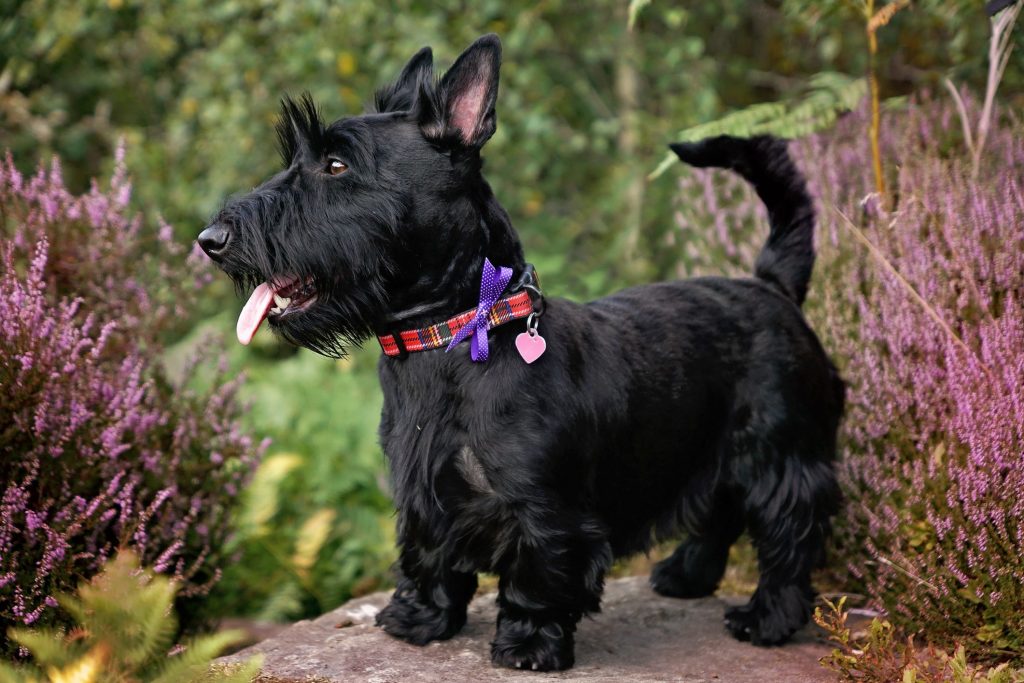
Size and Breed Category
The Scottish Terrier is a small to medium-sized breed of dog that is known for its distinctive appearance and loyal nature. They typically stand between 25-28 cm tall at the shoulder and weigh between 8-10 kg. Their body is compact and muscular, with a short, dense coat that comes in a range of colours including black, brindle, and wheaten. The breed is known for its long, pointed ears and short, sturdy legs that give it a distinctive silhouette. Scottish Terriers are classified as a terrier breed, which means they were originally bred to hunt small game such as rats and foxes. They are known for their tenacity and courage, which makes them excellent watchdogs and loyal companions.
The Scottish Terrier is a member of the terrier breed category, which is known for its energetic and independent nature. They are a highly intelligent breed that requires regular exercise and mental stimulation to keep them happy and healthy. Scottish Terriers are known for their strong-willed personality and can be stubborn at times, which can make them a challenge to train. However, with patience and consistency, they can be trained to be obedient and well-behaved. They are a loyal and affectionate breed that forms strong bonds with their owners and are known for their protective nature. Scottish Terriers are a popular breed in the UK and are often seen in dog shows and competitions.
Fur Length and Colour
The fur of the Scottish Terrier is typically dense and wiry, with a harsh texture that provides excellent protection against the elements. The fur is usually around 2-3 inches in length, and is longer on the legs and underbelly than on the back and sides. The fur is also slightly longer on the eyebrows and beard, which gives the Scottish Terrier its distinctive, dignified appearance. The most common colours for Scottish Terrier fur are black, brindle, and wheaten, although other colours such as grey and silver are also seen. The fur is usually solid in colour, although some dogs may have small white markings on the chest or feet. Overall, the fur of the Scottish Terrier is an important part of its appearance and provides both protection and style.
The colour of the Scottish Terrier’s fur can vary depending on the individual dog, but there are some common patterns and shades. Black is the most common colour, and is usually a deep, rich shade with no other markings. Brindle is also a popular colour, and consists of a mixture of black and brown hairs that create a striped or mottled appearance. Wheaten is a lighter colour, ranging from pale cream to golden brown, and is often seen with black or brindle markings on the ears and back. Grey and silver are less common colours, but can be very striking and elegant. The colour of the Scottish Terrier’s fur is an important part of its identity, and can reflect the dog’s personality and temperament.
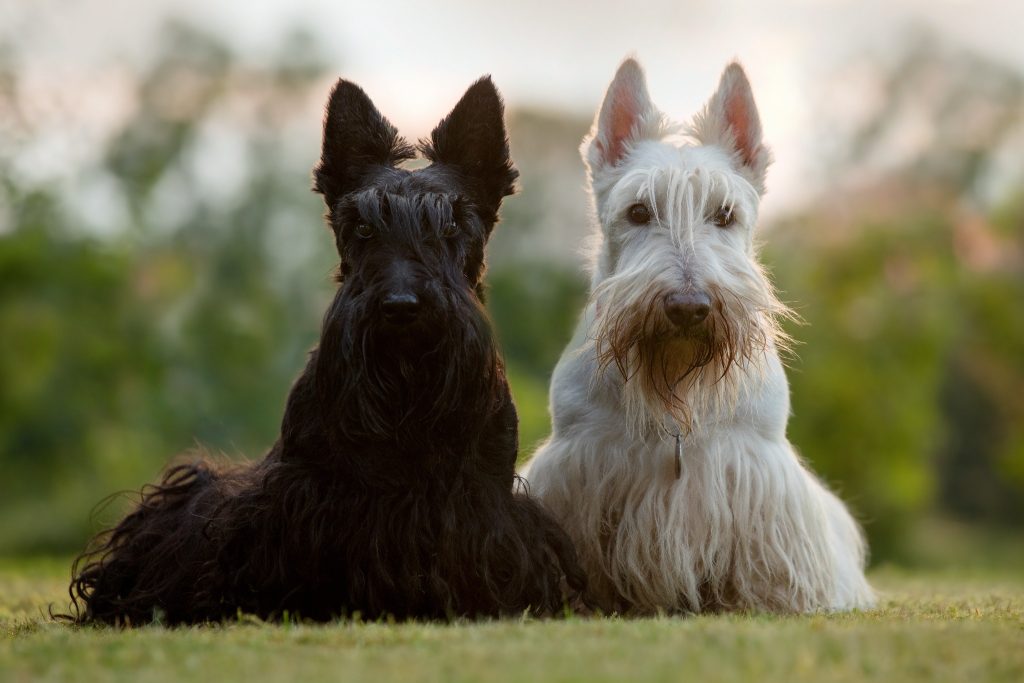
Termperament and Trainability
Scottish Terriers are known for their independent and strong-willed temperament. They are a breed that requires a firm and consistent hand in training, as they can be stubborn and difficult to train. However, with patience and positive reinforcement, they can be trained to be obedient and well-behaved. Scottish Terriers are also known for their loyalty and affection towards their owners, making them excellent companions. They have a tendency to be reserved around strangers, but with proper socialization, they can learn to be more accepting of new people and situations. Overall, Scottish Terriers require an experienced owner who can provide them with the necessary training and attention they need to thrive.
In terms of trainability, Scottish Terriers are a breed that requires a lot of mental stimulation. They are intelligent dogs that enjoy learning new things and solving puzzles. Training sessions should be kept short and engaging to keep their attention. Scottish Terriers also have a strong prey drive, which can make them difficult to train off-leash. It is important to keep them on a leash or in a secure area when outside to prevent them from chasing after small animals. With their high energy levels and love for play, Scottish Terriers excel in activities such as agility and obedience competitions. Overall, Scottish Terriers are a breed that requires a lot of patience and dedication when it comes to training, but with the right approach, they can be trained to be well-behaved and obedient companions.
Known Health Conditions
Scottish Terriers are prone to a number of health conditions, including skin allergies, bladder cancer, and von Willebrand’s disease. Skin allergies are a common issue for Scottish Terriers, which can cause itching, redness, and hair loss. These allergies can be caused by a variety of factors, including food, pollen, and flea bites. Treatment for skin allergies may include medication, special shampoos, and changes to the dog’s diet.
Bladder cancer is another health concern for Scottish Terriers. This type of cancer is more common in this breed than in others, and it can be difficult to detect in its early stages. Symptoms of bladder cancer may include frequent urination, blood in the urine, and difficulty urinating. Treatment for bladder cancer may include surgery, chemotherapy, and radiation therapy. Additionally, Scottish Terriers are prone to von Willebrand’s disease, which is a bleeding disorder that can cause excessive bleeding from minor injuries or during surgery. Treatment for von Willebrand’s disease may include medication and blood transfusions.

Openness to Strangers
Scottish Terriers, also known as Scotties, have a reputation for being reserved and aloof towards strangers. This is partly due to their history as working dogs, where they were bred to hunt and protect their owners’ property. As a result, they can be wary of unfamiliar people and may take some time to warm up to them. However, with proper socialization and training, Scotties can learn to be more accepting of strangers and can even become friendly and outgoing.
Despite their initial wariness, Scottish Terriers are known for their loyalty and devotion to their owners. They are fiercely protective of their family and will not hesitate to defend them if they feel threatened. This makes them excellent watchdogs, as they will bark to alert their owners of any potential danger. However, their protective nature can also make them stubborn and independent, which can be a challenge for inexperienced owners. Overall, Scottish Terriers are a unique and fascinating breed that require patience and understanding to truly appreciate.
Playfulness Level
The Scottish Terrier is a highly playful breed of dog that loves to engage in various activities. They are known for their energetic nature and their love for playtime. Whether it’s playing fetch, running around in the park, or simply chasing after their owners, Scottish Terriers are always up for some fun. They have a great sense of humor and are always looking for ways to entertain themselves and their owners.
Their playful nature makes them great companions for families with children, as they love to play and interact with kids. They are also great with other pets and enjoy playing with other dogs. Scottish Terriers are highly intelligent and can be trained to perform various tricks and tasks, which can add to their playfulness. Overall, the Scottish Terrier is a fun-loving breed that brings joy and laughter to any household.
Suitability as a Pet for Children
Scottish Terriers, also known as Scotties, have a lively and playful personality that makes them a great pet for children. They are known for their loyalty and affection towards their owners, and their intelligence makes them easy to train. Scotties are also known for their independent nature, which means they can be left alone for short periods without becoming anxious or destructive. They are a low-shedding breed, which makes them a good choice for families with allergies. However, they do require regular grooming to keep their coat in good condition. Overall, Scottish Terriers are a great choice for families with children who are looking for a loyal and playful companion.

Exercise Needs
Scottish Terriers require a moderate amount of exercise to maintain their physical and mental health. They are a breed that enjoys daily walks and playtime in a secure, fenced area. A minimum of 30 minutes of exercise per day is recommended, but they will happily engage in more activity if given the opportunity. Scottish Terriers are known for their high energy levels and love to play fetch or chase games with their owners. It is important to note that they can be prone to weight gain, so regular exercise is essential to prevent obesity and related health issues.
In addition to physical exercise, Scottish Terriers also benefit from mental stimulation. They are intelligent dogs that enjoy learning new tricks and participating in obedience training. Puzzle toys and interactive games can also provide mental stimulation and prevent boredom. Scottish Terriers are independent thinkers, so training should be consistent and firm but also positive and rewarding. With the right amount of exercise and mental stimulation, Scottish Terriers make wonderful companions for active individuals or families.
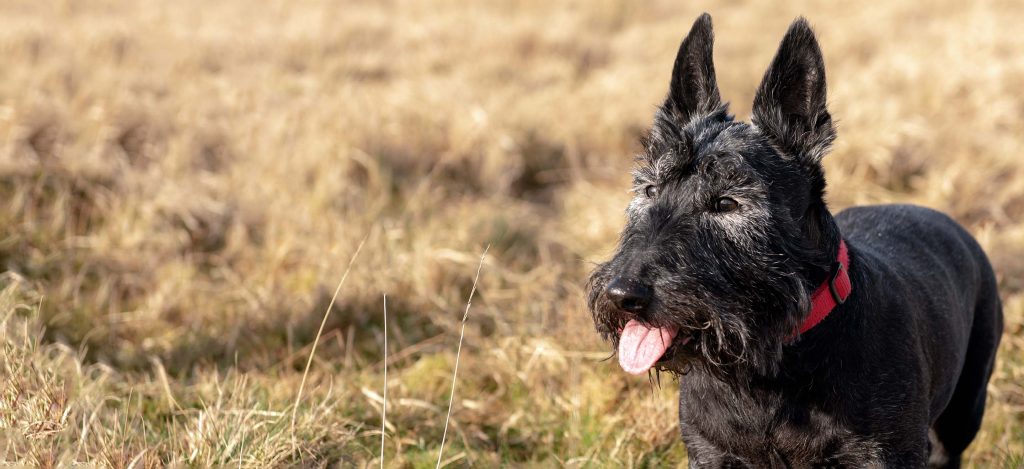
Suitability for a Multi-Pet Family
Scottish Terriers have a reputation for being independent and strong-willed. They are known to be loyal and affectionate towards their owners, but their interactions with other pets can vary. Due to their terrier instincts, they may not get along well with smaller animals such as cats or rabbits. However, with proper socialization and training, they can learn to coexist peacefully with other dogs. It is important to introduce them to other pets slowly and under supervision to ensure a positive outcome.
Housing Requirements
Scottish Terriers require a living space that is comfortable and spacious enough for them to move around freely. They need a warm and dry environment that is well-ventilated and free from drafts. The ideal temperature for a Scottish Terrier’s living space is between 18-21°C. They require a soft and comfortable bed that is large enough for them to stretch out and relax. Scottish Terriers also need access to fresh water at all times.
In terms of exercise, Scottish Terriers require daily walks and playtime to keep them physically and mentally stimulated. They are an active breed and enjoy exploring their surroundings. A securely fenced yard is ideal for them to run around and play in. Scottish Terriers also benefit from obedience training and socialization to help them develop good behavior and manners. It is important to provide them with plenty of toys and activities to keep them entertained and prevent boredom.
Summary
Scottish Terriers make great pets for those who are looking for a loyal and affectionate companion. They are known for their intelligence and are easy to train, making them a good choice for first-time dog owners. They are also adaptable to different living situations, whether it be in a small apartment or a larger home with a yard. Scottish Terriers are generally good with children and other pets, but like all dogs, they require socialization and training from a young age. Overall, Scottish Terriers are a great choice for those looking for a loving and loyal companion.
Scottish Terrier Dog FAQS
Scottish Terriers can be stubborn and independent, but with consistent training and positive reinforcement, they can learn quickly.
Scottish Terriers can be good with children if they are socialized properly and trained to interact with them.
Scottish Terriers can be prone to certain health issues, such as skin allergies, bladder stones, and cancer. Regular vet check-ups are important.
Scottish Terriers are known to be vocal and may bark at strangers or other animals. Training can help manage excessive barking.
Scottish Terriers do shed, but not excessively. Regular grooming can help minimize shedding.
Scottish Terriers have a lifespan of 11-13 years on average.
Scottish Terriers need moderate exercise, such as a daily walk or playtime in a fenced yard.
Scottish Terriers should be groomed at least once a week to prevent matting and maintain their coat.
Scottish Terriers usually grow to a height of 25-28 cm.
The average weight of a Scottish Terrier is between 8-10 kg.

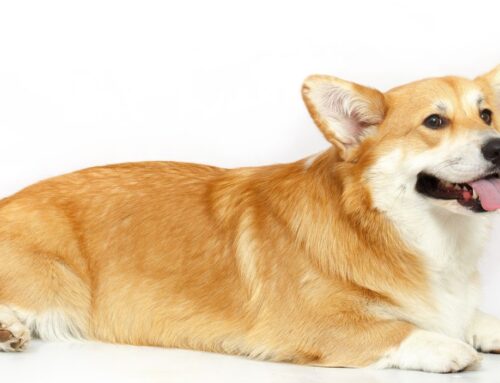


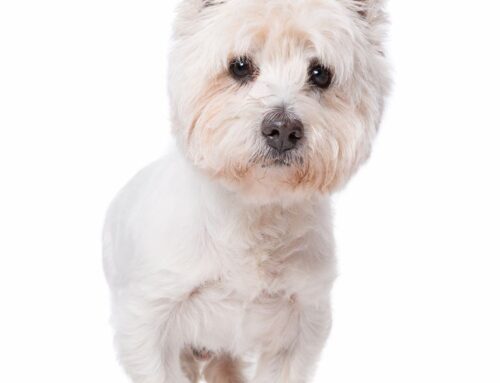

Leave A Comment